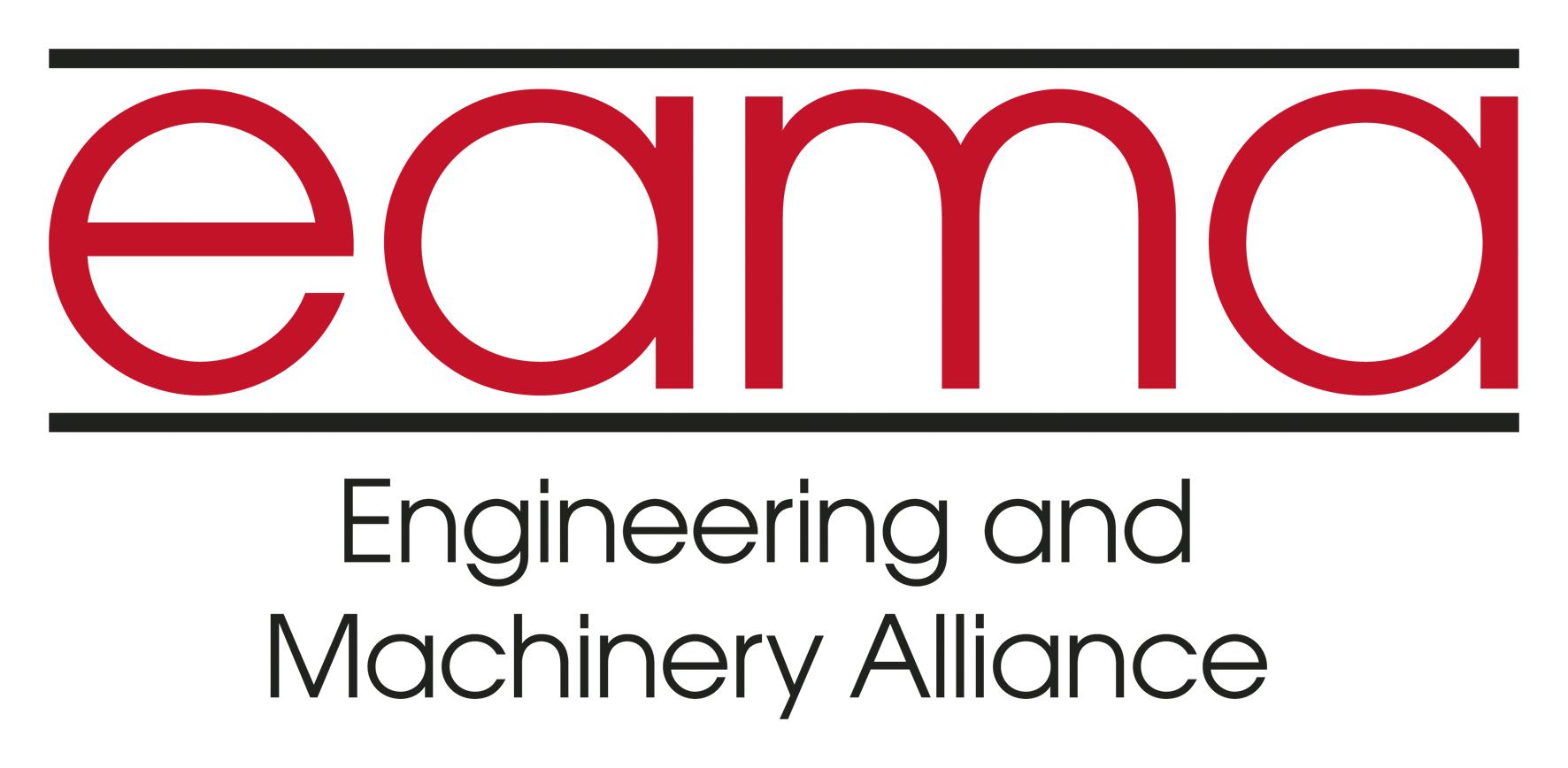Jack Semple, Secretary of EAMA reports that industry minister Nus Ghani said this week that manufacturing is “absolutely critical” to the UK economy but “it doesn’t have sexy cachet”. Speaking at an event in Westminster organised by Onward, a leading centre-right think tank, she emphasised the importance of the manufacturing sector, which she said was worth £220 billion to UK GDP.
Organisations such as the High Value Manufacturing Catapult (HVMC) help manufacturing take ideas from the drawing board to market, she said. HVMC is mostly funded by what was BEIS, the business department. Ghani indicated that she was in favour of government supporting firms to adopt new technology.
[By contrast, HM Treasury focuses on less than half the manufacturing sector – unspecified sub-sectors worth £93 billion which it describes as “advanced manufacturing”. It is thought to be sceptical about support for adoption of new technology and processes.]
Ghani said that the UK could not compete with the “deep pockets of the Inflation Reduction Act” in the United States, which is attracting manufacturing investment. But she noted a range of investments that have been made, to emphasise that manufacturing has not been ignored. She recognised the need to reduce energy costs.
De-regulation is very important to attract investment into the UK rather than, say, Germany or the US. She did not give details.
Comment: Manufacturing lacks a sexy image – as does advanced engineering – and Ghani is right to point that out. It affects both recruitment into the sector and politics at Westminster and it is for the industry to work to make the sector more attractive change that, with government support.
A Manufacturing Investment Prospectus was promised by the end of 2022, which was to draw together all that government does to support manufacturing. It has not appeared as yet, indicating difficulties in finalising such a document.
The HVMC and similar bodies do valuable work in supporting innovation. However, they could do much more to support SMEs, with clarity of direction to do so, and appropriate funding model. Greater oversight involving industry trade associations would be improve accountability.
On supporting industry, EAMA has called for a long-term, coherent national programme, building on lessons from the piece-meal Made Smarter Adoption and other initiatives. Others have lobbied for much the same – for example, a return of something akin to the Manufacturing Advisory Services (MAS), which closed a decade ago.
The Times reported this week that the government is giving £500 million in support of Tata’s newly-announced plan to invest in an electric vehicle battery factory in Britain. (Tata subsidiary Jaguar Land Rover already has £1 billion in government-backed commercial loans, announced by UK Export Finance last year.) If accurate, this is a notable investment by the taxpayer. It is no criticism of this support, and nor should any be inferred, to point out that a similar sum could fund a long-term programme to support the adoption of world-class technology, processes and business processes across the £220bn manufacturing sector to which Ghani referred. A £500 million fund would surely support a plan for up to ten years and could help to achieve the doubling of the manufacturing’s contribution to UK GDP that the HVMC recently said was possible.

